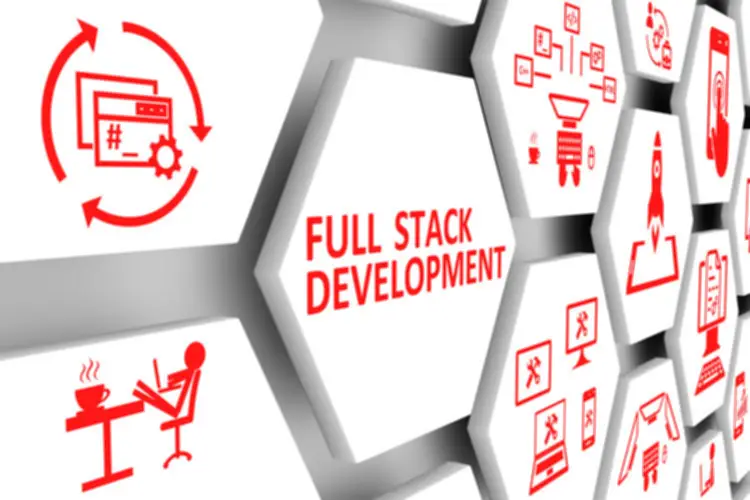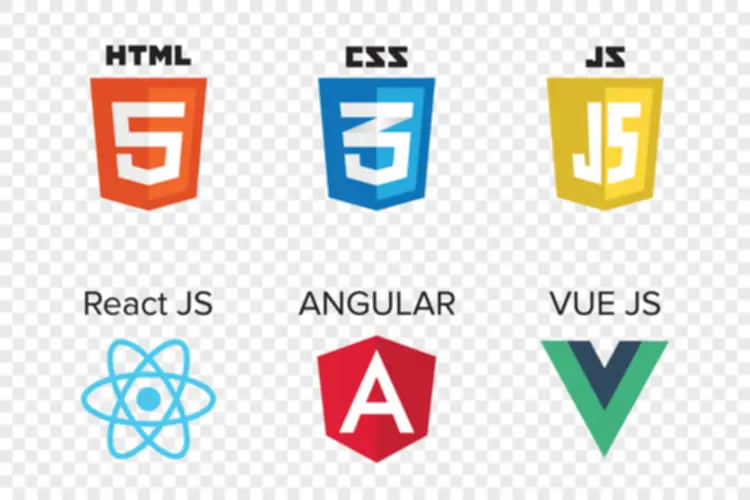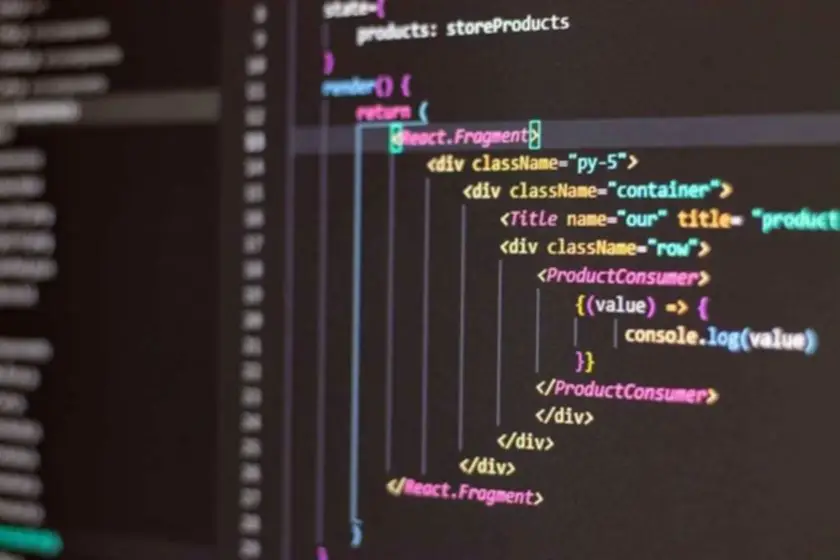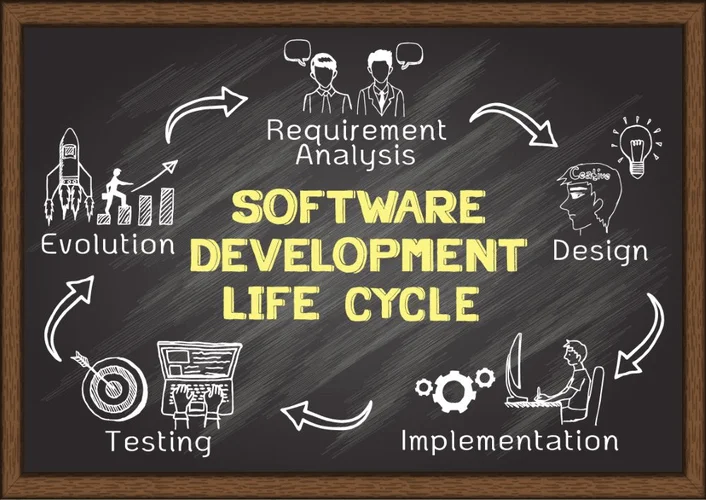By automating the method, the objective is to reduce human error and maintain a constant process for a way gitlab consulting software program is released. Tools that are included in the pipeline could embody compiling code, unit exams, code evaluation, safety, and binaries creation. For containerized environments, this pipeline would additionally include packaging the code right into a container image to be deployed across a hybrid cloud. CI/CD is a DevOps practice that makes use of automation to provide fast feedback on each stage of the software program development life cycle. Discovering issues launched by your latest code changes makes software program development more environment friendly. By shifting left (moving interactions earlier and getting feedback sooner), you are empowered to fail fast, and building an automatic pipeline helps put these strategies into apply.
Ci/cd Pipelines In A Cloud Native Environment
Cloud Build lets you define customized workflows for building, testing, and deploying throughout multiple environments similar to VMs, serverless, Kubernetes, or Firebase. Kubernetes’ extensible structure aligns with CI/CD rules, supporting fast and reliable application supply. The Kubernetes-native pipeline operates immediately within a Kubernetes cluster, leveraging its features for orchestration, scaling, and management of containerized purposes. It can deploy containerized applications throughout a number of clusters, handle rollbacks, and handle service discovery.
Setting Up Steady Integration With Github And Circleci

A core precept of CD is that each change to the software may be deployed to production with no particular effort. It was stressful for teams, expensive and highly dangerous for the group, and launched bugs and failures in manufacturing environments. In case of Continuous Delivery, the code is built, built-in and examined to be production-ready. However, it requires a developer, product supervisor or Team Lead’s approval to really be launched to the production surroundings. Feedback permits groups to measure results so they have firm evidence on which to base new projects.
Benefits Of Continuous Integration In Devops
Different commits and tests could require totally different configurations, and in the occasion that they depend on the same infrastructure, their wants can conflict. Every change that passes the automated exams is mechanically placed in manufacturing, resulting in many manufacturing deployments. Software improvement teams need stable, examined processes for CI/CD, in addition to testing options that meet the wants of the codebase. Also, groups want automation to deploy options so that they can remove the need for time-consuming handbook deployment. Continuous deployment routinely releases code modifications to end-users after passing a collection of predefined exams, corresponding to integration checks that take a look at code in a copycat environment to assist guarantee code integrity. The CI/CD process begins with steady integration (CI), the place builders commit their code to central repositories managed by model management techniques (VCSs).
- Implementing CI/CD in an present project thus requires cautious planning, intensive expertise, and appropriate tooling.
- For instance, a model management system like Git shall be needed to trace builders’ changes and maintain branches for merging edits during the CI part.
- In order to successfully implement and run a CI/CD pipeline, organizations want tools to forestall points of friction that slow down integration and delivery.
Security in IaC entails managing these definition recordsdata and the infrastructure they create. Encrypt sensitive data, restrict access to the IaC information, and regularly audit the infrastructure for security compliance. Developers ought to uphold safe coding practices to stop introducing security vulnerabilities into the codebase. Practices to prioritize include enter validation, correct error handling, and adherence to the precept of least privilege. Azure additionally offers a variety of extensions and integrations with well-liked open-source instruments, enhancing its capabilities as a CI/CD platform. This deployment mannequin is also referred to as a pull-based deployment—the resolution monitors Kubernetes assets and updates them based on the configurations in the Git repo.
Using a single source repository will function your supply code administration (SCM) system, centralizing the storage of all the necessary recordsdata and scripts required to create builds. The repository ought to include every thing from source code, database construction, and libraries to properties files and version management. The check section of the CI/CD pipeline includes operating a sequence of automated exams on the constructed artifacts. When a developer commits code to the version management repository, the pipeline springs into motion, automating the supply, construct, take a look at, and deploy levels. With the build complete, the pipeline moves to the take a look at stage and spins up a take a look at surroundings, usually using a container orchestration software like Kubernetes.
This prevents one developer’s pull from locking other builders out of that code for an prolonged interval. Further, small changes could be tested and validated quicker with fewer potential bugs to deal with. To improve safety and guard against unexpected penalties, a new construct may be deployed in parallel to the current construct in an A/B configuration, additionally known as beta testing.

Each time a developer pulls code from a code repository, it creates a branch that represents a singular model of the current codebase. When a department is successfully built and examined, the ensuing department is often merged or built-in back into the principle codebase, which is given a brand new version number. This lets other builders proceed engaged on the codebase whereas preventing so many branches and changes that they can’t be properly built-in. CI employs a selection of instruments and automation strategies to create builds and shepherd them by way of preliminary testing, corresponding to sniff or unit testing, together with more complete integration and regression testing. CI can also be famous for its speedy and detailed suggestions, letting developers and project managers see the results of the team’s work in a timely method.

In the software world, the CI/CD pipeline refers back to the automation that allows incremental code modifications from developers’ desktops to be delivered shortly and reliably to manufacturing. CI allows builders to submit a number of adjustments to a shared repository or major code department while sustaining model control. Many software program development groups are geographically dispersed or isolated, but CI enables fast growth while avoiding merge conflicts, bugs, and duplication. CI always keeps the main department updated however also can facilitate short-term isolated facet or characteristic branches for smaller changes that can eventually be merged into the primary department.
A CI/CD pipeline includes numerous serial processes which are executed to deliver a model new version of software (website/app). CI/CD goals to accelerate and improve software program supply by utilizing DevOps ideas and leveraging automation at every step. The former pushes every code to manufacturing routinely, with out explicit approval from a human supervisor. The pipeline takes the code from the repository, pulls the suitable configurations, builds VMs, containers, and so forth. on the fly, and deploys the code, all in one fell swoop. CI/CD duties would normally be triggered every time adjustments are launched in code, however unnecessary processes will slow down progress and pressure assets like CPUs and developer hours. To remedy this problem, developers can break down software into smaller code packages so that pipelines run quicker.
Integration and supply work together however are sometimes applied individually and dealt with by completely different groups, such as coders and testers. A CI/CD pipeline that functions smoothly requires timely and clear communication and collaboration between different teams throughout the pipeline; in any other case, it could simply break down with pointless delays. Understand the intended benefits, such as faster code building or lower error/rework rates, after which implement metrics to measure those standards. Compare the metrics towards pre-pipeline performance and monitor those metrics as the pipeline evolves. This makes it simpler to see the pipeline’s worth, spot issues over time and invest in methods to construct and improve the CI/CD pipeline. Note that CI/CD based within the cloud features the identical however relies heavily on tools and services native to the cloud provider’s platform, which might require specific steps.
When someone says CI/CD, the “CD” they’re referring to is usually steady supply, not continuous deployment. In a CI/CD pipeline that makes use of continuous supply, automation pauses when developers push to production. A human—your operations, safety, or compliance team—still must manually log off earlier than final release, adding extra delays.
In a continuous deployment setup, the pipeline automatically deploys the release to the manufacturing surroundings. By implementing a CI/CD pipeline, organizations can achieve quicker time-to-market, steady feedback loops, and improved software program quality. CI/CD empowers growth, operations, and safety teams to work together, enabling the delivery of safe, steady, and extremely performant purposes.

In continuous supply, the final step of deployment is a guide course of, providing a safety internet for catching potential points that automated tests may miss. In contrast, steady deployment automates the complete pipeline, including the ultimate deployment to production, requiring a strict testing and monitoring setup to identify and fix issues. A continuous integration and steady delivery/deployment (CI/CD) pipeline is a series of steps that software program delivery undergoes from code creation to deployment. Foundational to DevOps, CI/CD streamlines software improvement through automation of repetitive tasks, which allows early bug detection, reduces handbook errors, and accelerates software program delivery. A CI/CD pipeline builds upon the automation of continuous integration with steady deployment and delivery capabilities. Developers use automated instruments to construct software, and the pipeline routinely tests and commits each code change that passes the checks.
Transform Your Business With AI Software Development Solutions https://www.globalcloudteam.com/

